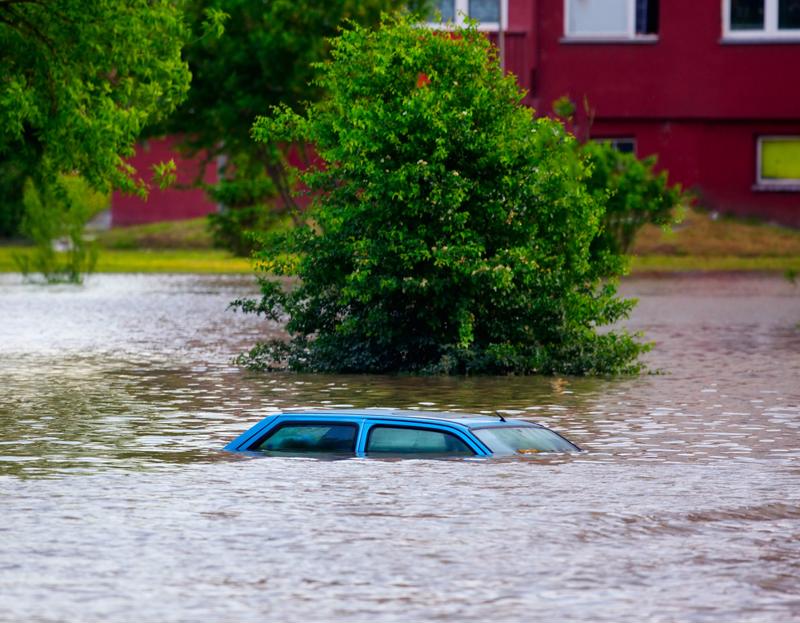
Safety managers and EHS professionals regularly address short- and long-term issues that affect the health and security of a facility and its workers with aplomb. However, one area that might be overlooked in certain situations is the impact of a natural disaster, or a manmade one that’s outside the scope and control of the worksite and employees.
Recent examples from across the country – flooding in Houston, the severe hurricane in Puerto Rico, wildfires in California – reinforce the need to have a response plan ready to go in the face of an impending disaster, as well as in its aftermath.
 Flooding is one of many potential disasters for which businesses need to prepare.
Flooding is one of many potential disasters for which businesses need to prepare.Confidently handling the basics
As The Houston Chronicle pointed out, all businesses with more than 10 employees need a documented emergency action plan shared with all workers, per OSHA regulations. OSHA offered detailed guidance about developing such plans on its website, and noted some especially important and mandated basic components. They include:
- The method used to report fires and other emergencies.
- Evacuation plans and routes.
- Procedures for employees who fulfill critical operational roles to follow before evacuation.
- A plan to account for all staff members after leaving the facility.
- Documentation of specific rescue and medical duties assigned to staff.
- Contact information for staff members carrying specific duties in the plan.
Ensure staff have access to communication devices, be they phones, weather radios or other tools, specially when employees are spread out over a large geographic area. Efficiently getting the word out to evacuate as danger gets too close for workers to continue regular operations is an important consideration.
Disaster specific response
Protecting employees in the face of imminent danger is the most important responsibility for businesses, but it’s far from the only one. Preventing or minimizing negative outcomes, such as the release of hazardous chemicals into the surrounding environment. Protection of equipment and fixed assets also needs to be addressed.
EHS Today suggested starting with a detailed risk assessment specific to the facility. That means determining the types of natural disasters that are possible in the area, based on location, weather patterns, topography and other factors. Assessing how such incidents could affect volatile chemicals, fuel stores, machinery and other potentially destructive materials at the facility is incredibly helpful. It gives you a base from which you can make specific, effective plans for minimizing damage to staff, assets and the local community.
In a similar vein, worst-case scenarios for addressing critical failures of facility systems that contain and secure volatile substances is also vital. Although extremely unlikely with proper safety measures and active review in place, situations like the 2013 fertilizer plant explosion in West, Texas, are still possible. Having a response plan for serious internal events that arise is just as important as a strategy to respond to a natural disaster.
With these elements in mind, the next major step should be engaging stakeholders throughout the facility to gather feedback and incorporate it into the overall plans for disaster preparedness. Workplace safety strategies that take the informed opinions of staff into account are well-rounded and help address additional contingencies.
The last major consideration to make is instituting the plan, ensuring roles and responsibilities are clear and ensuring all workers know how to respond when under pressure. Practice runs, clear written plan descriptions and regular reviews can all go a long way toward ensuring everyone knows how to respond appropriately when disaster approaches, instead of scrambling to figure out what to do.
Effective workplace safety planning means addressing a wide range of important issues. Get in touch with Total Safety to put focused and successful solutions inside your facility.








